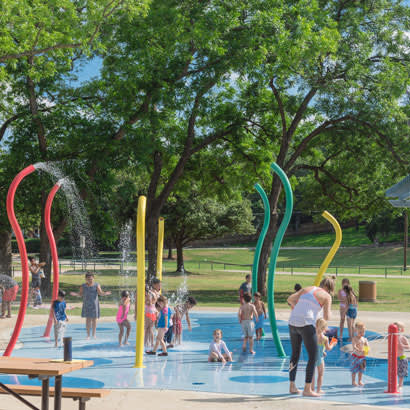
Americans do not take enough time off from work. I write this not only because I know you are reading this column during August, the height of summer, but also with input from the many research studies that track vacation habits. According to a study by the U.S. Travel Association, State of the American Vacation 2018, American workers took an average of 17.2 days of leave in 2017. This was down from an average of 20.3 days per year seen during 1978–2000.
The lost vacation time deprives workers of a chance to recharge, which in turn detrimentally affects their physical and mental health. More so, these workers are leaving money on the table at their workplace. More than half of workers in the U.S. Travel Association study (52 percent) report having ended 2017 with unused vacation, adding up to 705 million workdays. In 2017 alone, workers forfeited $62.2 billion in lost vacation benefits.
Vacation Expenses
A Bankrate survey, conducted this past May, revealed that half of Americans did not make vacation plans for this summer. The same study found that the most widely cited reason for not making vacation plans this summer was not having enough money to take a trip. These expenses can be tremendous when you factor in the cost of things like airline tickets, hotel rooms and admissions fees to amusement parks.
The good news is that parks and recreation is part of the solution to get people to take more time off. Your agency delivers a wealth of low-cost, no-cost amenities that all members of the community and visitors can enjoy, including everything from parks, trail and campsites, to beaches, gardens and museums. Whether it is to attract tourists or be the place for locals to enjoy a few days off, parks and recreation is the place where all people can blow off some steam and enjoy the company of family and friends.
For example, parks and recreation is an important part of many vacation agendas. The August 2017 NRPA Park Pulse poll highlights just how much parks and recreation offers to vacationers when they travel. Results from the more than 1,000 adults surveyed show the following amenities and features are important when picking a vacation destination:
- Beaches or waterfront access (61 percent)
- Nature, scenic views or wildlife (46 percent)
- Museums, aquariums, zoos and science centers (41 percent)
- Trails for walking, running or biking (33 percent)
- Parks, botanical gardens, conservancies (32 percent)
The impact of the local parks and recreation on tourism can be tremendous. After having enjoyed your agency’s many amenities, there’s a high probability that tourists will return home and tell their friends and family about the parks, trails and museums in your town. The result is a virtuous cycle where the good impression your agency leaves on visitors drives more visitors to return, creating millions of dollars in economic activity in your community.
‘Staycationing’
As good as park and recreation amenities are to entice visitors to vacation in your region, these same attributes can do the same to help workers who are unable to leave town. Workers in the aforementioned Bankrate survey cite travel costs, family duties and an inability to take much time off from work as reasons for not traveling this summer. For them, a staycation may be in order.
A staycation is a vacation spent at home, involving activities near home or visiting local attractions. The local park and recreation agency offers staycationers a robust set of offerings that do not cause much damage to their wallet.
The August 2018 Park Pulse poll asked 1,004 adults across the United States about their favorite summer staycation activities. The top three favorite staycation activities are likely offered by your agency: attending a neighborhood festival or event (48 percent), visiting a local park (47 percent) and going for a walk or run on a local trail (47 percent).
Other favorite staycation activities include:
- Shopping at the local farmers market (41 percent)
- Going to a public pool, aquatic center or splashpad (31 percent)
- Camping locally (24 percent)
- Kayaking, boating or surfing nearby (20 percent)
- Visiting a local arboretum or gardens (18 percent).
Park and recreation agencies serve a diverse population, with differing needs and desires. So, it is no surprise that favorite staycation activities vary widely. For example, survey respondents who are parents of children under the age of 18 are more likely to include the local public pool and camping nearby in their staycation plans. By comparison, nonparents are more likely to include walking in a park or on a trail, shopping at a farmers market and visiting a local arboretum or garden in their plans. Similarly, millennials and Gen Xers are more likely to go to the public pool and camp locally, while baby boomers are more likely to include attending a neighborhood festival, going for a walk or run on a local trail and shopping at the local farmers market in their staycation plans.
Whether it is for a vacation that involves traveling across the country or “staycationing” in town, the local park and recreation agency is a part of the solution to our nation’s crisis of not taking time off from work. Your agency provides low-cost, no-cost activities that increase physical activity, reconnect people with nature and that are a place where family and friends may enjoy each other’s company. Moreover, when the weather cools this fall and your agency’s peak activity period has passed, do not forget to take some time off, yourself, as well.
Kevin Roth, Ph.D., is NRPA’s Vice President of Research

